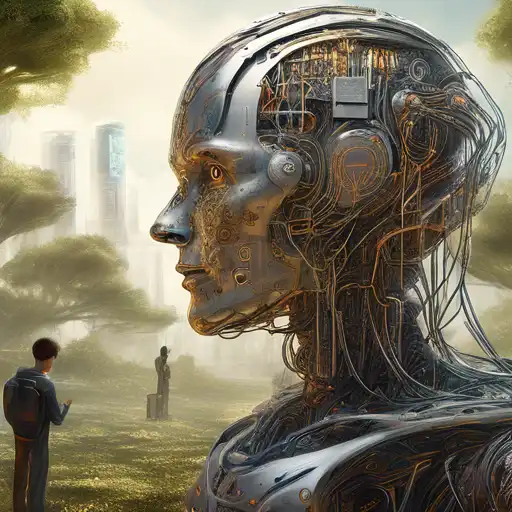Understanding Natural Language Processing
Natural Language Processing (NLP) stands at the intersection of computer science, artificial intelligence, and linguistics. It's the technology that enables machines to understand, interpret, and generate human language in a way that is both meaningful and useful. From voice-activated GPS systems to customer service chatbots, NLP is revolutionizing how we interact with technology.
The Mechanics of Machine Understanding
At its core, NLP involves several key processes: syntax analysis (parsing the grammatical structure of sentences), semantic analysis (understanding the meaning behind words), and pragmatic analysis (interpreting language in context). These processes allow machines to break down human language into understandable components, enabling them to respond in a way that mimics human comprehension.
Applications of NLP in Today's World
NLP technologies are embedded in many applications we use daily. Search engines use NLP to deliver relevant results based on our queries. Email filters employ it to weed out spam. Social media platforms utilize NLP to monitor content and suggest connections. The potential applications are vast and growing every day.
Challenges in Natural Language Processing
Despite its advancements, NLP faces challenges such as understanding sarcasm, idioms, and regional dialects. These nuances of human language can be difficult for machines to grasp. However, with the advent of more sophisticated machine learning models, such as deep learning, the field is making significant strides in overcoming these obstacles.
The Future of NLP
The future of NLP is incredibly promising. With the integration of artificial intelligence, machines are becoming more adept at understanding human emotions and intentions through language. This could lead to more personalized and intuitive interactions between humans and machines, transforming industries like healthcare, education, and customer service.
Getting Started with NLP
For those interested in exploring NLP, a strong foundation in machine learning and computational linguistics is essential. There are numerous resources and tools available, such as Python's NLTK library, which provides easy-to-use interfaces to over 50 corpora and lexical resources. Whether you're a developer, a linguist, or simply a tech enthusiast, the world of NLP offers endless opportunities for innovation and discovery.
As we continue to advance in the field of natural language processing, the line between human and machine communication becomes increasingly blurred. The ability of machines to understand us not only enhances our interaction with technology but also opens up new avenues for solving complex problems. The journey of NLP is far from over, and its evolution will undoubtedly shape the future of human-machine collaboration.
